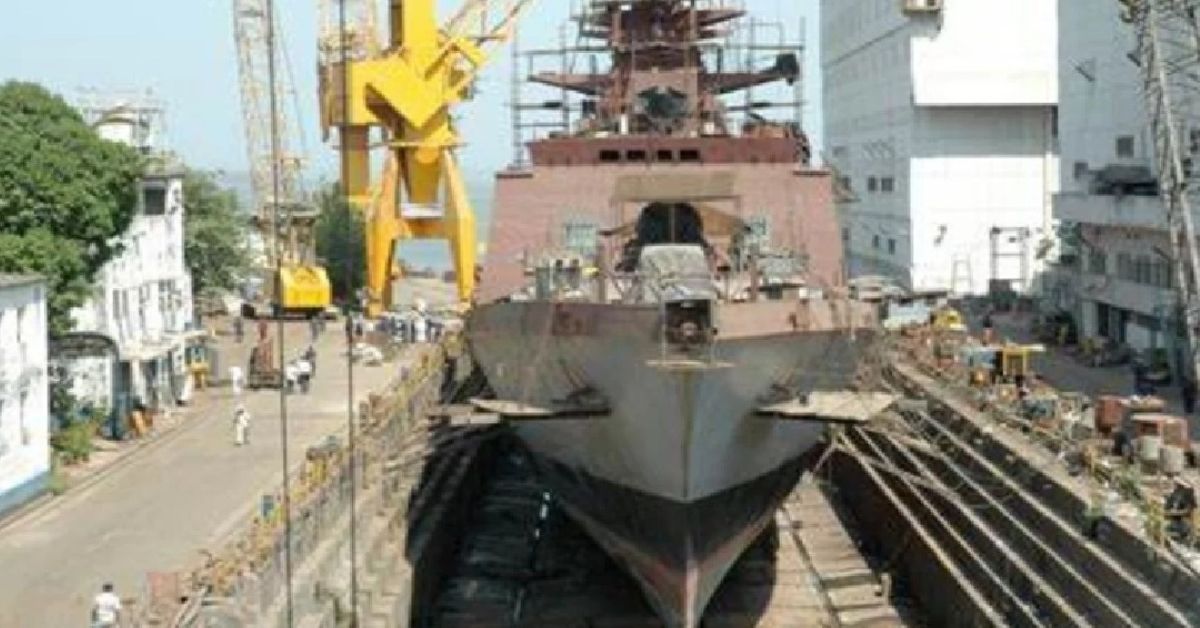In a landmark decision aimed at revitalising India’s maritime economy, the Union Cabinet has approved a sweeping reform package worth Rs 69,725 crore to strengthen the shipbuilding industry and modernise the country’s maritime infrastructure. Announcing the decision, Union Minister Ashwini Vaishnaw said the initiative is designed to transform India into a global hub for shipbuilding, repair, and maritime services, while generating massive employment and investment opportunities.
A four-pillar reform strategy
The package is anchored on a four-pillar strategy that covers financing, capacity expansion, policy reforms, and skill development. According to Vaishnaw, these measures are not merely financial outlays but structural reforms that will build long-term resilience in India’s maritime ecosystem.
- Domestic Capacity and Infrastructure: Strengthening existing shipyards, building new facilities, and scaling up gross tonnage capacity.
- Long-Term Financing: Establishing dedicated funds to support capital-intensive shipbuilding projects.
- Greenfield and Brownfield Development: Supporting new investments while modernising older shipyards.
- Skill Development and Technology: Enhancing technical know-how through centres of excellence, training programmes, and technology transfer.
Extension of the shipbuilding financial assistance scheme (SBFAS)
A centrepiece of the reforms is the extension of the Shipbuilding Financial Assistance Scheme (SBFAS) until March 31, 2036. With a total allocation of Rs 24,736 crore, the scheme will continue to incentivise domestic shipbuilders by offering financial support linked to contracts secured in India.
A unique addition under SBFAS is the Shipbreaking Credit Note, carrying an allocation of Rs 4,001 crore, to encourage responsible ship recycling and strengthen India’s position as a global leader in shipbreaking.
Launch of the National shipbuilding mission
To ensure seamless coordination, the government will set up a National Shipbuilding Mission. This apex body will oversee implementation of all shipbuilding and maritime development programmes, monitor progress, and align policy measures with evolving industry needs.
Maritime Development Fund (MDF)
Recognising the need for affordable and long-term financing in the sector, the Cabinet has also approved the creation of a Maritime Development Fund (MDF) with a corpus of Rs 25,000 crore.
The MDF has two key components:
- A Maritime Investment Fund worth Rs 20,000 crore, with the Government of India holding 49% participation to catalyse private investment.
- An Interest Incentivisation Fund of Rs 5,000 crore, aimed at lowering borrowing costs and improving project bankability for shipyards and allied industries.
Shipbuilding development scheme (SbDS)
Another major reform is the launch of the Shipbuilding Development Scheme (SbDS), with a budgetary outlay of Rs 19,989 crore. This scheme is designed to expand India’s shipbuilding capacity to 4.5 million gross tonnage annually, a target that would place the country among the world’s top shipbuilding nations.
The SbDS will finance mega shipbuilding clusters, infrastructure upgrades, and ancillary industries. Importantly, it also provides for the creation of the India Ship Technology Centre under the Indian Maritime University. The centre will serve as a hub for innovation, research, and training, equipping the next generation of Indian shipbuilders with cutting-edge skills and expertise.
Additionally, the scheme includes provisions for risk coverage and insurance support for shipbuilding projects, helping reduce financial risks for investors and operators.
Massive economic and strategic impact
The government expects the comprehensive package to unlock 4.5 million gross tonnage of new shipbuilding capacity, attract around Rs 4.5 lakh crore in investments, and create nearly 30 lakh direct and indirect jobs across the maritime value chain.
Beyond the numbers, Vaishnaw stressed that the initiative carries strategic significance. By bolstering shipbuilding and maritime logistics, India will enhance its national, energy, and food security by making critical supply chains and trade routes more resilient.
“It will also reinforce India’s geopolitical resilience and strategic self-reliance, advancing the vision of Aatmanirbhar Bharat and positioning the country as a competitive force in global shipping and shipbuilding,” Vaishnaw said.
Maritime sector: A backbone of India’s trade
The decision comes at a time when India’s maritime sector continues to play a pivotal role in the national economy. Nearly 95% of India’s trade by volume and about 70% by value is carried by sea, making ports, shipping, and shipbuilding integral to economic growth. However, India’s share in global shipbuilding remains modest compared to East Asian leaders like China, South Korea, and Japan.
Through this reform package, the government aims to close the gap, promote indigenous capacity, and encourage Indian shipyards to compete globally in both commercial and defence segments.
Towards a maritime renaissance
The approval of this Rs 69,725 crore package represents a turning point for the Indian maritime industry. By combining financial incentives, modern infrastructure, advanced training, and strategic policy support, the initiative is set to usher in a maritime renaissance for India.
If implemented effectively, the reforms could transform India into a maritime powerhouse, supporting its growing trade, bolstering strategic autonomy, and creating millions of new opportunities for workers and entrepreneurs alike.









